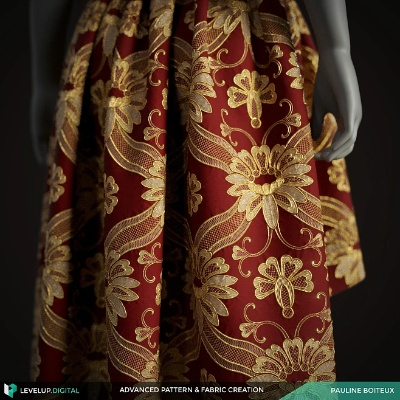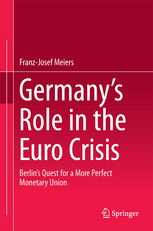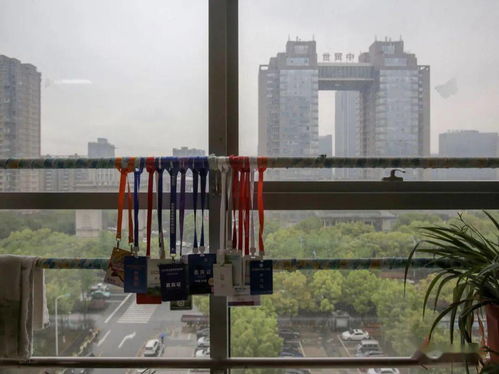The Patterns That Make Textiles Unique
The patterns that make textiles stand out from other materials are the result of a complex interplay between human creativity, technological innovations, and economic considerations. Textile design involves a myriad of elements such as color, texture, pattern, and shape, which are all carefully chosen to create a visually appealing and functional piece of clothing or home decor. These designs can take on any form from intricate geometric patterns to bold, abstract motifs, and everything in between. Beyond the aesthetic appeal, textiles have a practical function that is often overlooked. They serve to protect the wearer from the elements, provide warmth and comfort, and enhance the overall look and feel of an outfit. The process of creating these patterns requires a keen eye for detail, a deep understanding of color theory, and a vast array of tools and techniques. Whether it's a simple stitch or a complex weaving method, each step in the textile creation process adds its own unique twist to the final product.
Introduction: The world of textiles is an intricate realm that encompasses a myriad of materials and designs. From the subtlest patterns on a scarf to the boldest geometric prints on a coat, textiles are not just about aesthetics but also about functionality, comfort, and cultural identity. Today, let's explore the fascinating patterns that define the beauty and diversity of textile design.

Patterns in Textiles: Textile patterns can be classified into several categories depending on their origin, purpose, and aesthetic appeal.
-
Geometric Patterns: Geometric patterns are characterized by straight lines, triangles, and squares. These patterns are often used in modern and minimalistic fashion designs to create a sense of order and harmony. A classic example is the use of stripes in shirts and dresses.
-
Floral Patterns: Floral patterns are inspired by nature and are often seen in clothing, home decor, and stationery. They come in different forms such as simple dots, intricate blossom shapes, and swirls. For instance, a cotton dress with a floral pattern can make any outfit pop with color and life.
-
Animal Patterns: Animal patterns are derived from animals, insects, or other natural elements. They are usually found in children's clothing, playsuits, and accessories. An example is a cute little monkey-themed sweater for kids that brings joy to their playtime.
-
Stripe Patterns: A stripe pattern involves alternating narrow and wider stripes of color. They are commonly seen in sportswear, swimwear, and casual clothing. The striped shirt is a classic piece that never goes out of style, showcasing the durability and timeless appeal of stripes.
-
Mosaic Patterns: Mosaic patterns consist of small tiles of various colors arranged in a mosaic-like design. This pattern can be found on tablecloths, wallpaper, and even jewelry. It adds texture and depth to otherwise flat surfaces.
-
Plaid Patterns: Plaid patterns are characterized by alternating horizontal and vertical stripes of varying widths. They are a staple of British and American fashion and have a timeless charm that never fades away. A classic pair of plaid pants can instantly elevate any outfit and add a touch of country flair.
-
Abstract Patterns: Abstract patterns are more freehand and often feature bold, bright colors and shapes. They are perfect for creating an edgy and unique statement piece. For example, a colorful abstract print dress may be worn to a festival or a party to stand out and be noticed.

-
Embroidered Patterns: Embroidery involves the use of threads to create intricate designs on fabric. It adds a layer of craftsmanship to clothing and is highly coveted for its beauty and uniqueness. An embroidered jacket is not just functional but also a work of art that tells a story through its patterns.
-
Digitally Designed Patterns: Digital printing technology allows designers to create complex patterns with precision and ease. These patterns can be customized to fit specific requirements and can be mass-produced at a lower cost than traditional hand-embroidered patterns.
Case Study: One example of a digitally designed pattern is the "Fleece Jacket" created by the fashion company Ralph Lauren. The jacket features a digitally printed pattern that incorporates a combination of geometric shapes, floral motifs, and abstract patterns. The result is a stylish and trendy piece that combines both practicality and visual appeal.
Conclusion: The diversity and complexity of textile patterns showcase the boundless creativity and imagination of textile designers. Whether you prefer a sleek, minimalist look or something bold and bohemian, there's a pattern waiting to be discovered and celebrated. As we navigate through the world of textiles, let's continue to appreciate and celebrate the patterns that make them truly unique.
纺织品图案概述
纺织品图案是设计师们创造的艺术语言,它们不仅赋予衣物独特的风格和美感,还承载着文化和历史的传承,在百度搜索中,我们可以看到各种丰富多彩的纺织品图案,它们不仅满足了人们对美观的需求,还体现了现代工艺和设计的创新。
纺织品图案的种类与特点

- 抽象图案:这些图案通常具有高度的抽象性和象征意义,通过色彩、线条和形状等元素来表达情感和寓意,几何图形、自然元素等。
- 民族图案:具有浓郁民族特色的纺织品图案,如中国传统的牡丹、龙凤等图案,它们反映了不同地区的文化和传统。
- 时尚潮流图案:紧跟时尚潮流的纺织品图案,如流行元素、动漫人物等,它们满足了现代人对时尚的需求。
纺织品图案的创作过程
- 设计灵感:设计师从各种文化、历史、自然元素中汲取灵感,创作出具有独特风格的纺织品图案。
- 素材收集:设计师会收集各种素材,如布料、染料、绣线等,用于制作纺织品图案。
- 创意构思:设计师根据设计灵感和素材,构思出图案的形状、色彩和布局等。
- 制作过程:将构思好的图案通过手工或机器制作成纺织品。
纺织品图案在百度搜索中的应用案例
- 某品牌在百度搜索中推出的丝绸印花系列,采用了丰富的抽象图案,融合了中国传统元素和现代设计理念,深受消费者喜爱。
- 某时尚品牌紧跟时尚潮流,推出了一系列印花图案的T恤,吸引了大量年轻消费者的关注,这些图案融入了流行元素和动漫人物,展现了品牌的时尚感和年轻活力。
- 某地区特色纺织品以其独特的民族图案和手工刺绣工艺闻名于世,这些纺织品在当地市场上深受欢迎,成为当地文化传承的重要载体。
纺织品图案的百度搜索趋势分析
近年来,纺织品图案在百度搜索中的热度持续上升,反映了人们对美观和个性化的追求,随着人们对美的认识不断提高,纺织品图案的设计也更加注重创新和个性,随着互联网的发展,纺织品图案的传播渠道也更加广泛,吸引了更多消费者的关注。
纺织品图案是设计师们创造的艺术语言,它们不仅具有美观和装饰作用,还承载着文化和历史的传承,在百度搜索中,我们可以看到各种丰富多彩的纺织品图案,它们不仅满足了人们对美观的需求,还体现了现代工艺和设计的创新,随着人们对美的认识不断提高,纺织品图案的设计将更加注重创新和个性,展现出更加丰富多彩的面貌。
Articles related to the knowledge points of this article:



